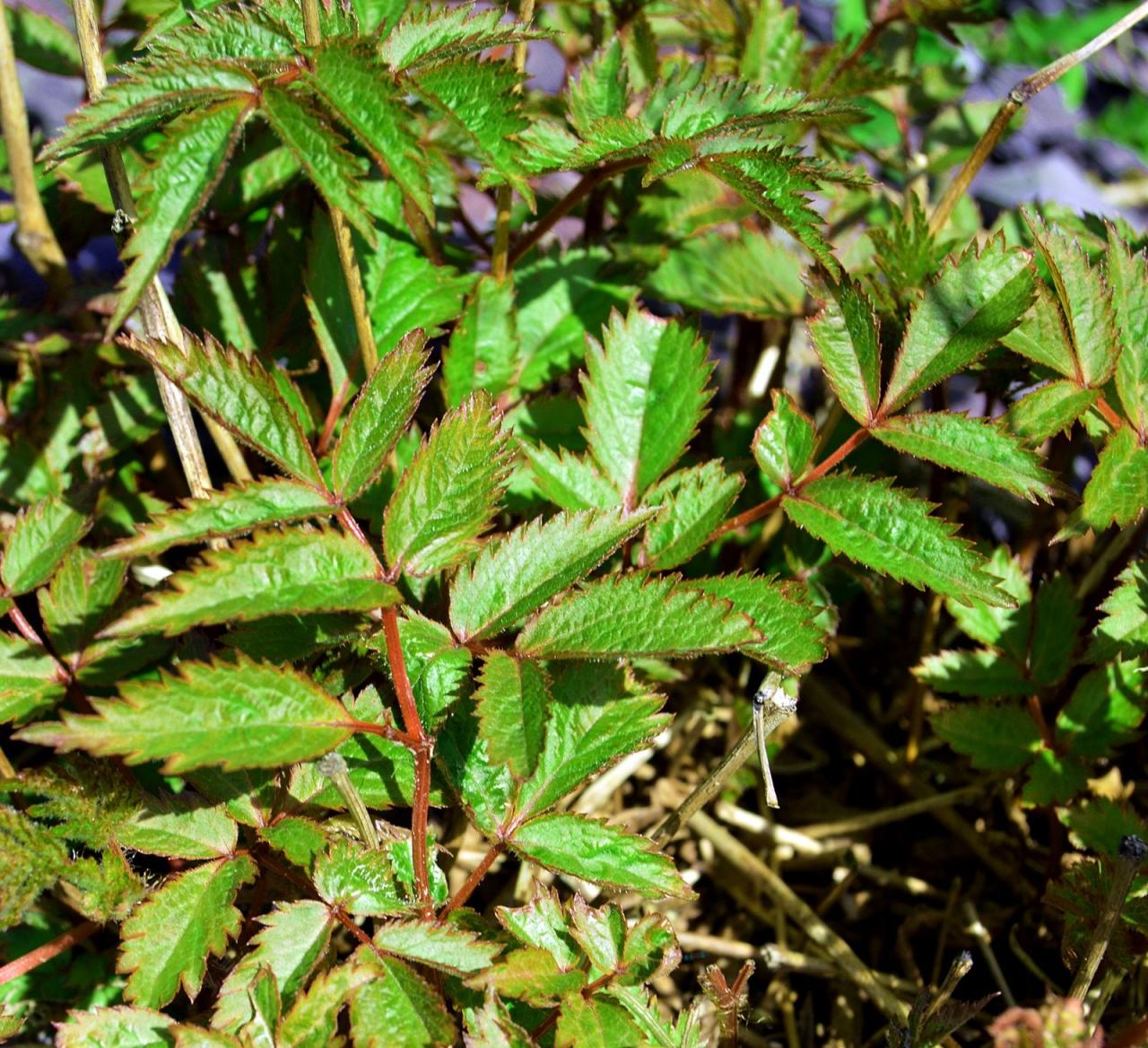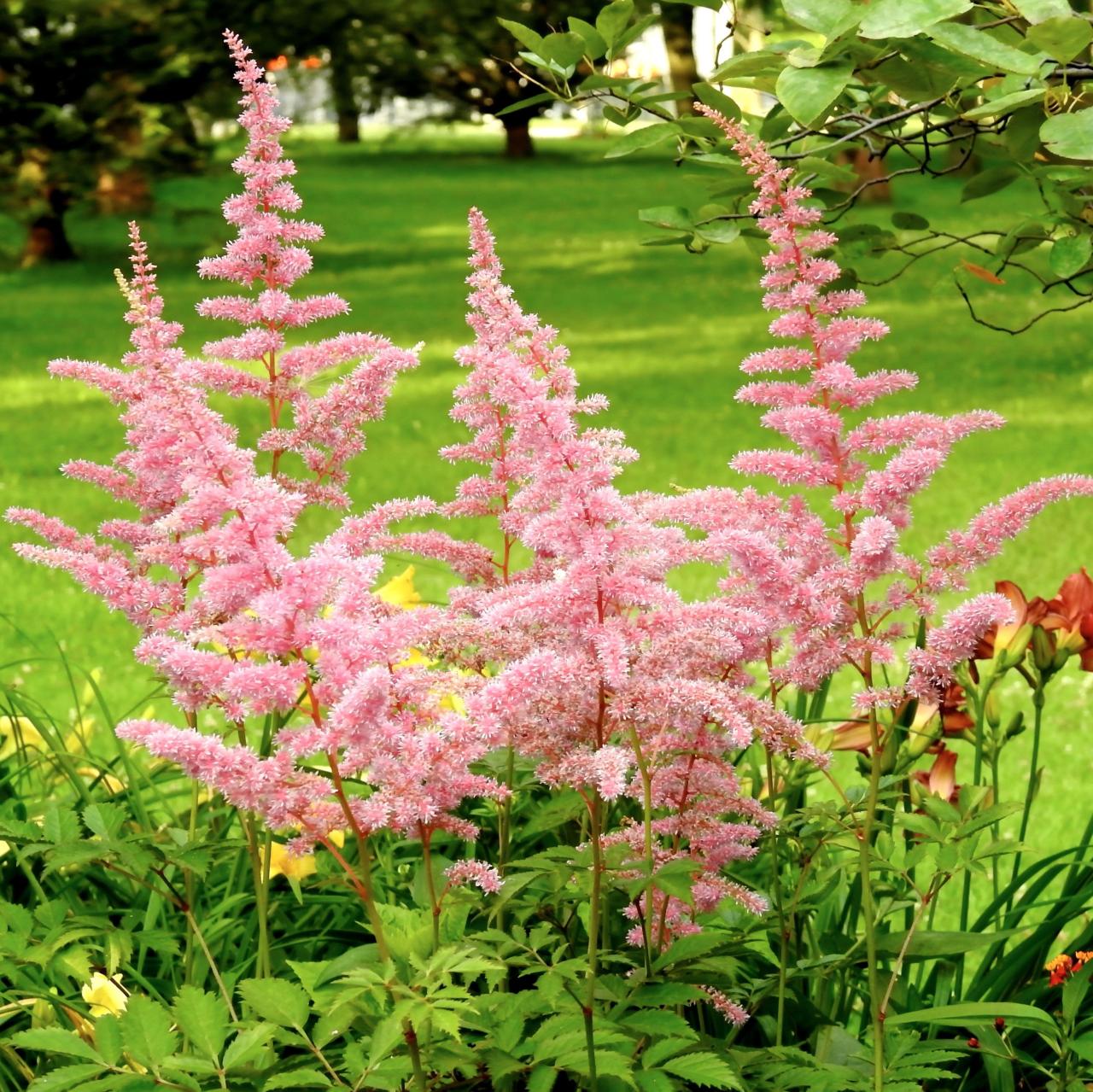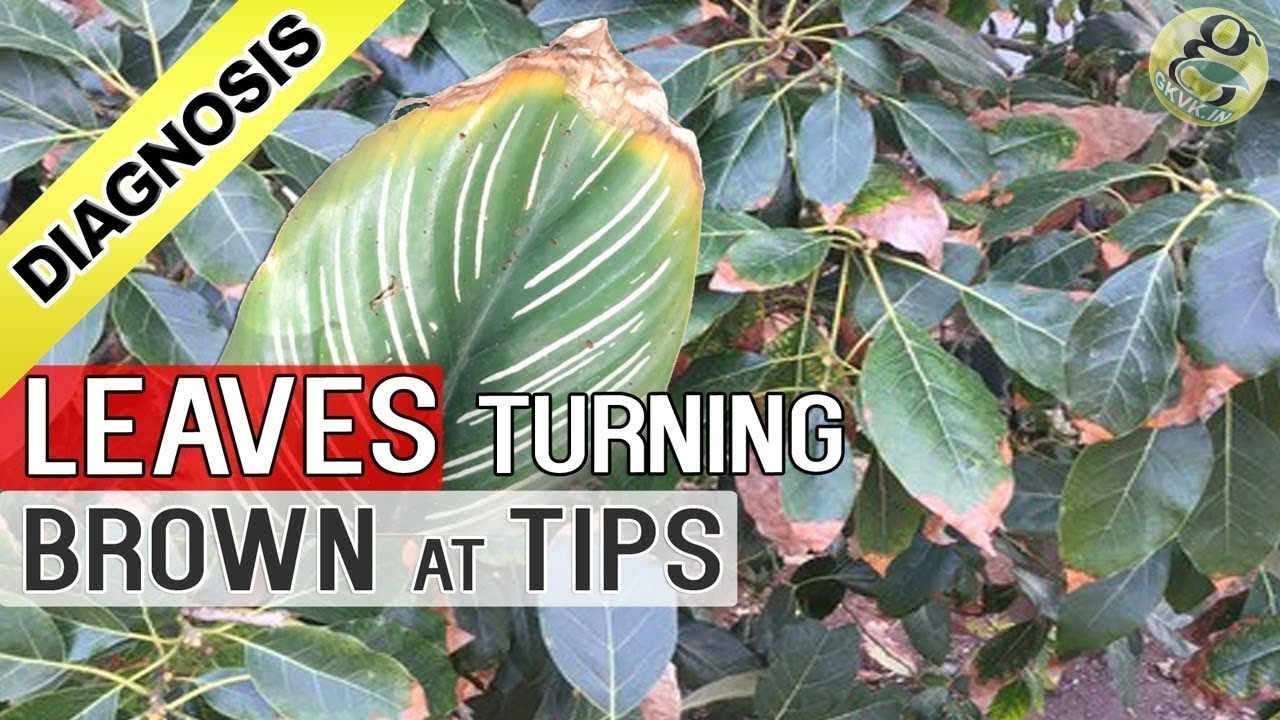Astilbe flowers are cherished for their stunning, feathery blooms and vibrant colors that add a unique touch to gardens and landscapes. However, many gardeners encounter the frustrating problem of Astilbe flowers turning brown. This issue can stem from a variety of factors, including environmental conditions, improper care, and pest issues. In this guide, we’ll explore the causes of Astilbe flowers turning brown, how to prevent it, and tips for maintaining their health and beauty throughout the season.
Understanding Astilbe Flowers

Astilbe, commonly known as false spiraea, belongs to the Saxifragaceae family and is native to Asia and North America. These perennial plants are admired for their fluffy flower clusters that bloom in shades of pink, red, white, and purple. They thrive in shady areas with moist, well-drained soil, making them a favorite among shade garden enthusiasts.
Common Varieties of Astilbe
There are several popular varieties of Astilbe, each with unique characteristics:
| Variety | Color | Height |
|---|---|---|
| Astilbe chinensis | Pink, White | 2-4 feet |
| Astilbe japonica | Red, Pink, White | 1-3 feet |
| Astilbe thunbergii | White | 1-2 feet |
Understanding the variety of Astilbe you are growing can help you better cater to their specific needs.
Why Do Astilbe Flowers Turn Brown?
When Astilbe flowers turn brown, it can be alarming for gardeners. Here are the primary reasons why this might occur:
1. Overwatering
Astilbe prefers moist soil, but overwatering can lead to root rot and other issues that cause browning leaves and blooms. Ensure that your plants are not sitting in waterlogged soil.
2. Underwatering
Conversely, underwatering can also lead to stress in Astilbe plants. If the soil becomes too dry, the flowers may dry out and turn brown. Regularly check the moisture level, especially during hot and dry spells.
3. Insufficient Light
Astilbe thrives in partial to full shade. However, too much shade can hinder its ability to bloom, causing flowers to brown. Ensure they are getting adequate light while being shielded from direct sunlight.
4. Nutrient Deficiency
Lack of essential nutrients, particularly nitrogen, can result in poor growth and brown flowers. Fertilizing Astilbe with a balanced fertilizer can help mitigate this issue.
5. Pest Infestation
Garden pests like aphids and spider mites can cause stress to the plants, leading to browning. Regularly inspect your plants for any signs of infestations and treat them promptly.
6. Disease
Several diseases, such as powdery mildew or fungal infections, can affect Astilbe. These diseases often present themselves through browning foliage and flowers. Ensure good air circulation and avoid overcrowding plants to reduce disease risk.
Important Note: Regularly check your plants for any signs of disease or pests. Early intervention can save your Astilbe and keep them blooming beautifully. 🌼
How to Prevent Astilbe Flowers from Turning Brown

Preventing the browning of Astilbe flowers is often a matter of providing the right care. Here are some tips:
1. Watering Practices
Water your Astilbe plants regularly, especially during dry spells. Use mulch to help retain moisture in the soil and prevent fluctuations in moisture levels.
2. Proper Fertilization
Fertilize your Astilbe in early spring with a balanced fertilizer. This will provide the necessary nutrients to support healthy growth and vibrant flowers.
3. Pruning and Deadheading
Regularly prune spent blooms and brown leaves. Deadheading encourages new growth and helps keep plants looking tidy. It also reduces the risk of disease.
4. Pest and Disease Management
Implement an integrated pest management plan to control pests and diseases. This may include using insecticidal soaps or neem oil and ensuring proper spacing between plants for air circulation.
5. Choosing the Right Location
When planting Astilbe, choose a spot that provides the right balance of sunlight and shade. A location with morning sun and afternoon shade is often ideal.
Important Note: Consider planting Astilbe in well-drained soil to reduce the risk of overwatering and root rot. 🌿
Maintaining Healthy Astilbe Flowers: Astilbe Flowers Turning Brown
Beyond prevention, maintaining the health of your Astilbe flowers is crucial for sustained beauty. Here are some maintenance tips:
1. Mulching, Astilbe Flowers Turning Brown
Apply a layer of organic mulch around the base of the plants. This helps regulate soil temperature, retain moisture, and suppress weeds, all contributing to healthier plants.
2. Regular Inspections
Regularly check your Astilbe for signs of distress, including yellowing or browning leaves. Early identification of problems allows for timely interventions.
3. Seasonal Care
After the blooms have faded, cut back the plants to encourage new growth in spring. Additionally, in colder climates, consider applying a protective layer of mulch in the winter to safeguard the roots.
4. Companion Planting
Consider companion planting with other shade-loving plants that thrive in similar conditions to Astilbe. This can enhance your garden’s aesthetics while providing a healthier ecosystem for your plants.
Conclusion
Astilbe flowers turning brown can be a source of concern for gardeners, but understanding the causes and taking proactive steps can help keep these beautiful plants healthy and vibrant. By ensuring proper watering, fertilization, and pest management, you can enjoy the lush blooms of Astilbe in your garden for years to come. With the right care, your Astilbe can continue to brighten up your landscape and bring joy to your gardening experience. Remember to observe your plants regularly and adapt your care as needed to keep those stunning colors shining bright! 🌺
